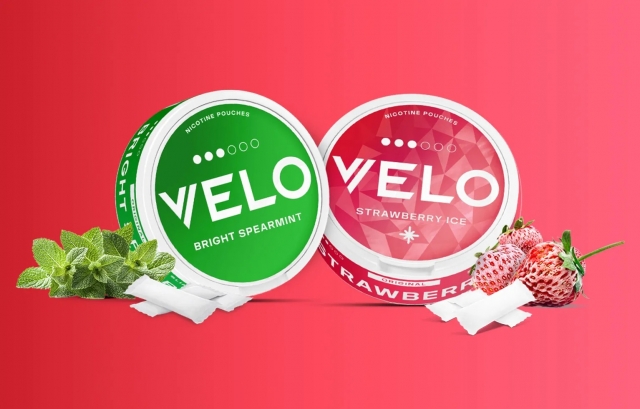In recent years, many consumers seeking cleaner alternatives to chewing tobacco or snus have turned to tobacco-free pouches, which offer a smoke- and spit-free experience. These products skip tobacco leaf entirely, instead using ingredients like plant fibers or food-grade fillers, often with nicotine or herbal extracts. They aim to deliver some of the ritual and oral sensation without many of the harmful substances found in traditional tobacco products.
What Are Tobacco-Free Pouches?
Tobacco-free pouches are small, discreet pouches placed between the gum and lip. They are made without tobacco leaf. Some versions include nicotine (extracted or synthetic), while others are entirely nicotine-free and herbal. Because they skip combustion and inhalation, they avoid many of the harmful byproducts of smoking or chewing tobacco. The pouch material is often a plant fiber matrix that releases flavor, moisture, and (if present) nicotine through the oral mucosa.
Although nicotine pouches are sometimes grouped under “tobacco-free” products, it's important to distinguish: “tobacco-free” refers to the absence of leaf, but not necessarily the absence of nicotine.
Benefits & Appeal
- Reduced Harm Compared to Tobacco
Because there's no tobacco leaf or burning, users avoid many of the carcinogens, tar, and toxic chemicals that come from tobacco combustion or fermentation. - Discreet & Clean Usage
They don't produce smoke or require spitting, making them more discreet and socially acceptable in many settings. - Flavor & Customization
Many tobacco-free pouches come in a variety of flavors—mint, citrus, spice—allowing users to choose something pleasant rather than harsh tobacco taste. - Support for Reduction or Quitting
Some people use nicotine-containing versions of tobacco-free pouches as part of a reduction strategy, stepping down nicotine levels over time.
Risks & Considerations
- Nicotine Addiction
If the pouch contains nicotine, addiction risk remains. Nicotine can affect cardiovascular health, blood pressure, and other systems. - Oral Health
Users may experience gum irritation, sores, or sensitivity in the area where the pouch is placed. - Uncertain Long-Term Effects
Because these products are relatively new, long-term health outcomes are still under study. - Regulatory & Quality Variability
Different regions have different regulations regarding nicotine, labeling, and composition of these products. Always check for quality certifications.
Styles & Variants
- Nicotine vs. Nicotine-Free
Some pouches use nicotine, while others are purely herbal or botanical. - Strength Levels
Nicotine pouches often come in varying strengths (low, medium, high), letting users taper usage over time. - Flavor Profiles
From classic mint and wintergreen to more adventurous flavors like coffee, berries, or citrus. - Pouch Sizes & Moisture Levels
Differences in pouch size or how moist they are influence how strong the flavor and sensation feel.
How to Use Safely & Effectively
- Start with low strength if new to nicotine pouches, to assess tolerance.
- Rotate placement (left or right upper lip) to avoid irritation.
- Follow usage limits — do not leave pouch in too long.
- Maintain oral hygiene — brush, floss, drink water.
- Monitor for signs of side effects — discomfort, gum soreness — and reduce use if needed.
Conclusion
Tobacco-free pouches provide a modern alternative to traditional smokeless tobacco, blending convenience, discretion, and reduced exposure to many tobacco-related toxins. While they offer appeal to those looking for cleaner oral options, users should remain aware of addiction risks and the evolving nature of scientific understanding around long-term safety. If you're exploring reliable tobacco-free pouch options, one brand to explore is Pouch Line.






